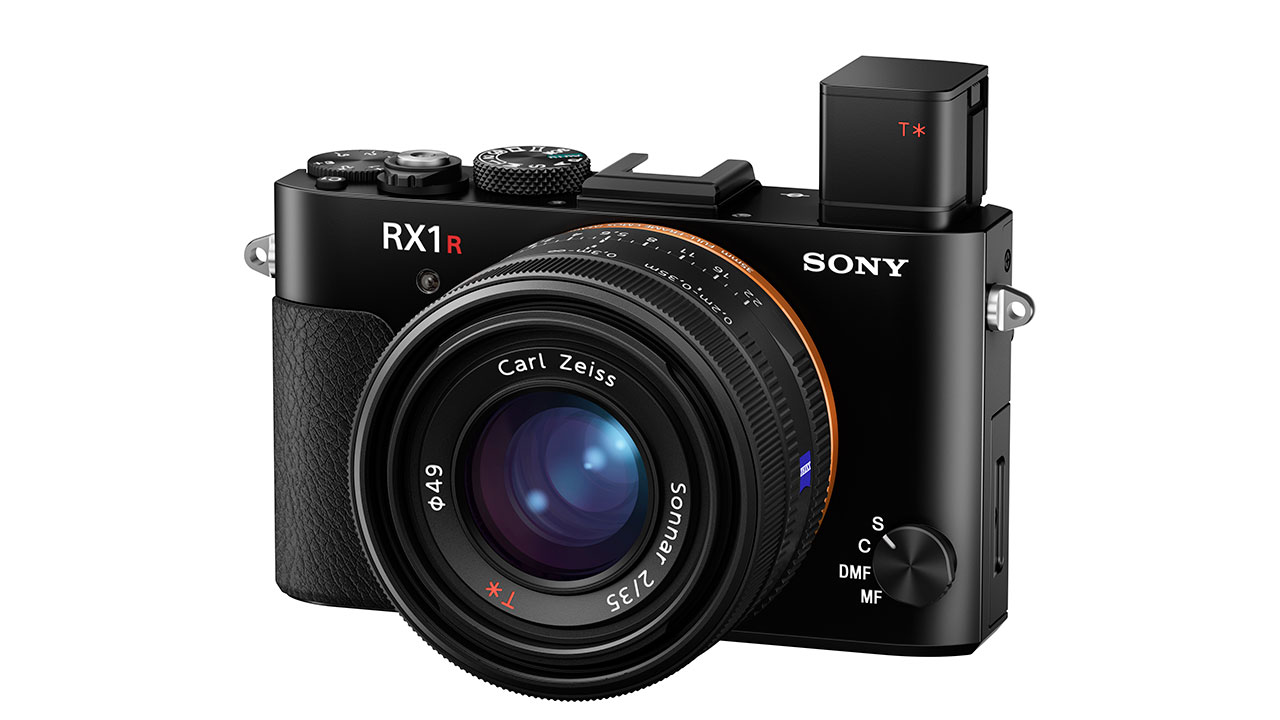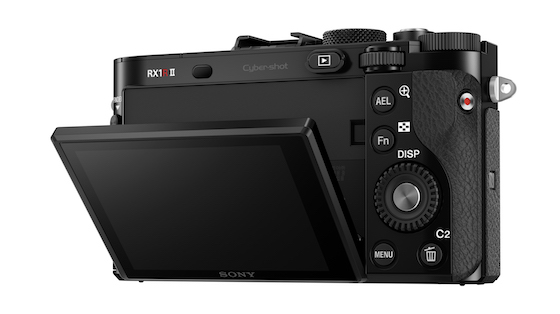If you were thinking that the announcements for this year were over, the last few days have proven quite the contrary. Today Sony surprised everyone by announcing the successor to the original RX1/RX1r cameras released 3 years ago. The RX1 was the first compact camera with a full-frame sensor and a prelude to more full-frame products that Sony would release later on in the form of the A7 system. This new mark II version keeps the same stunning 35mm f/2 Zeiss Sonnar lens and couples it with the 42MP A7r mark II sensor. But that’s not all!
The design and ergonomics are basically identical. The RX1r II is slightly longer by 3mm and also slightly heavier by 25g (based on the official specs). On the front the focus selector now has four steps including the Single, Continuous, DMF and MF modes. On the rear, there is now a tilting LCD screen with 1.2 million dots. But the most interesting improvement is the built-in electronic viewfinder. Like the RX100 mark III and mark IV compact cameras, the EVF can be popped up on the left side. It features 0.74x magnification, 2.4 million dots of resolution and Zeiss T* coating. It remains small however, being only 0.39 inches in size.
Inside, the RX1r II has the same sensor found inside the A7r mark II (42MP with BSI) which means it also has the same autofocus system with 25 contrast detection points and 399 phase detection points. This is excellent news and definitely a big step forward from the previous RX1/RX1r. The camera can shoot at 5fps in speed priority and at 2.5fps in focus priority. The ISO sensitivity is 100 to 25600 with expandable 50, 51200 and 102400 ISO values like the A7r II. The camera also offers the uncompressed Raw option, a feature that already exists on the new A7s mark II and will come to the A7r II on October 19th via firmware update.
But Sony wouldn’t release a new camera unless it were a “world’s first something” now, would it? In the case of the RX1r II, it is the first camera to have a variable low pass filter. But what does this mean exactly?
Well, basically the camera features two low pass filters with liquid crystal in the middle. By varying the voltage on the liquid crystal, the camera can vary the incidence of the light flux and make the two filters effective or not. You can choose between three settings: Off (to prioritise resolution), Hi (to reduce moiré) and Standard (medium ground). It can also be bracketed so that users can choose the version they prefer later on.
Now, I’ll admit that this is a surprising spec to see because I thought that the need for low pass filters was decreasing. The A7r mark II, which features the same sensor, doesn’t have a low pass filter at all so I don’t really understand why Sony felt the need to implement such a feature on the RX1r II. And even more important, why not implement it on the A7r II in the first place since it is the flagship camera? I will be really curious to see the difference in a real-world situation. Perhaps it will be effective only for specific things like a shot with lots of textures.
Among other things to note, the RX1r II can shoot Full HD wth the X-AVC S codec (no 4K capabilities) and features a 3.5mm mic input. It lacks 5-axis stabilisation and since the 35mm doesn’t have OIS, the camera doesn’t include any stabilisation at all except for the digital steadyshot for video. There isn’t an electronic shutter option or built-in ND filter either. Since the camera uses a leaf shutter, you will be limited to a shutter speed of 1/2000s at f/2. There are a few settings from the A7r II including the ISO Auto Minimum Shutter Speed. You can also select more aspect ratios including 1:1 and 4:3.
The camera will be available in November at the retail price of $3300, a reminder that we are dealing with a very expensive compact camera indeed. Still, it is cheaper than its competitor, the Leica Q, and provides a different focal length.
Are you interested in the RX1R II? Let us know why or why not in the comments section!



